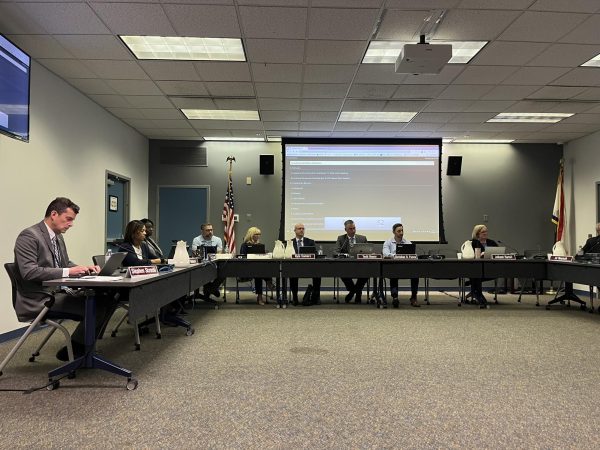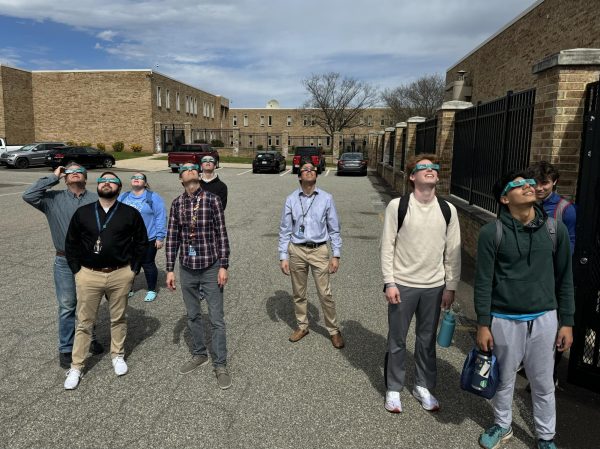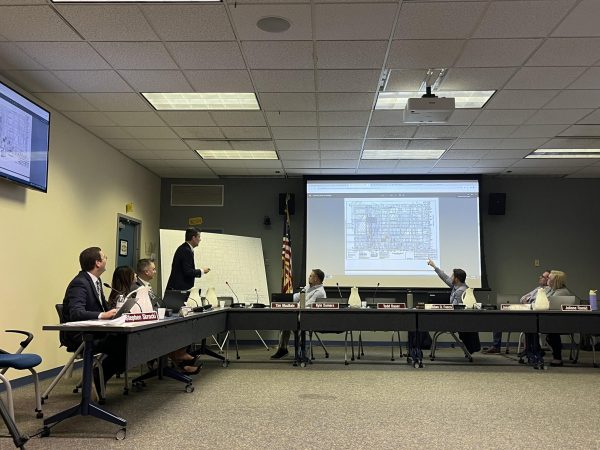This Week in Science
November 28th- December 4th
Platypus Venom and Type 2 Diabetes Medication
Scientists from the University of Adelaide and Flinders University discovered that the same hormone produced in the intestines of humans was also found in platypus venom. The hormone, glucagon-like peptide-1, abbreviated as GLP-1. GLP-1, is secreted from cells in the intestine and promotes insulin, a hormone that reduces blood glucose, secretion from the pancreas. People with type 2 diabetes do not produce enough insulin or are resistant to insulin. This discovery primarily concerns the people who cannot produce enough insulin.
GLP-1 from the human intestine could never be used in drugs, because it has a very short lifespan. However, through evolution, the GLP-1 in platypus venom has a longer lifespan and could be harnessed and used in new drugs. This discovery is not only half of the solution. There now lie years of research ahead to extract the GLP-1, preserve it, and then enter the drug development process.
For more information: https://www.sciencedaily.com/releases/2016/11/161129114432.htm
Seventh Row on Periodic Table Completed
On Wednesday, the International Union of Pure and Applied Chemistry accepted the names for elements 113, 115, 117 and 118. These elements were discovered by scientists from Russia, Japan, and United States and recognized by IUPAC in December of 2015. The names are Nihonium (Nh), Moscovium (Mc), Tennessine (Ts) and Oganesson (Og) respectively.
Nihonium is a synthetic, extremely radioactive element discovered by RIKEN, a Japanese research institution, in 2004. The name Nihonium comes from a Japanese nickname for Japan, “nihon”, which means “land of the rising sun”.
Moscovium was discovered by a joint team of American and Russian scientists in Russia. It is also synthetic and extremely radioactive element. It is extremely unstable with a half-life of about 220 milliseconds. It is named after Moscow, the Russian capitol.
Tennessine is an artificial, superficial drug discovered in 2010 by the same American and Russian scientists that discovered Moscovium. They named it Tennessine to honor the state of Tennessee’s contribution to superheavy element research.
Lastly, Oganesson was discovered by same group of Russian and American scientists. It is once again a superheavy element. Although it is in group 18, scientists predict that Oganesson is a solid rather than a gas. Oganesson is named after Russian nuclear physicist, Yuri Oganessian. Oganesson played a major role in the discovery of other superheavy elements. Interestingly, Oganesson is only one of two elements to be named after a living person (the other being Seaborgium, named after Glenn Seaborg).
For more information: https://www.engadget.com/2016/12/02/new-superheavy-elements/
http://www.dw.com/en/new-elements-complete-seventh-row-of-the-periodic-table/a-36599966
Can Tiny Robot Perform Your Next Surgery?
Since 1985, robots have increasingly been playing a more significant roles in surgery. However, these robots are usually big and used for larger procedures. A newer, smaller robot named “Axsis” has been created to perform cataract surgery, and tt is controlled by joysticks. The surgeon would be looking at a screen and the screen would display feedback that is helpful to the operator. It is even equipped with a mechanism that doublechecks the commands to spot out human error. However, “Axsis” is just a prototype and will not be in the market for years. Refer to the link below for a video with further explanation regarding “Axsis.”
For more information: http://qz.com/852210/a-tiny-armed-robot-could-be-the-future-of-surgery/










